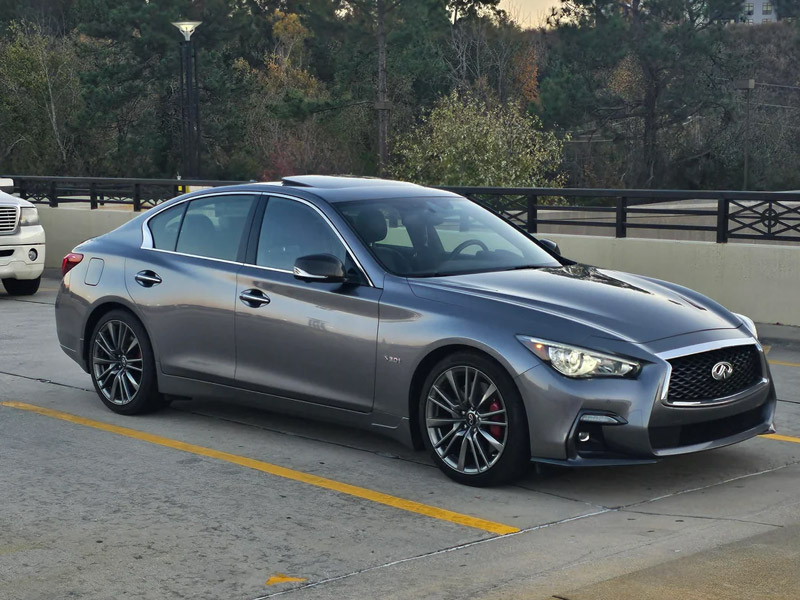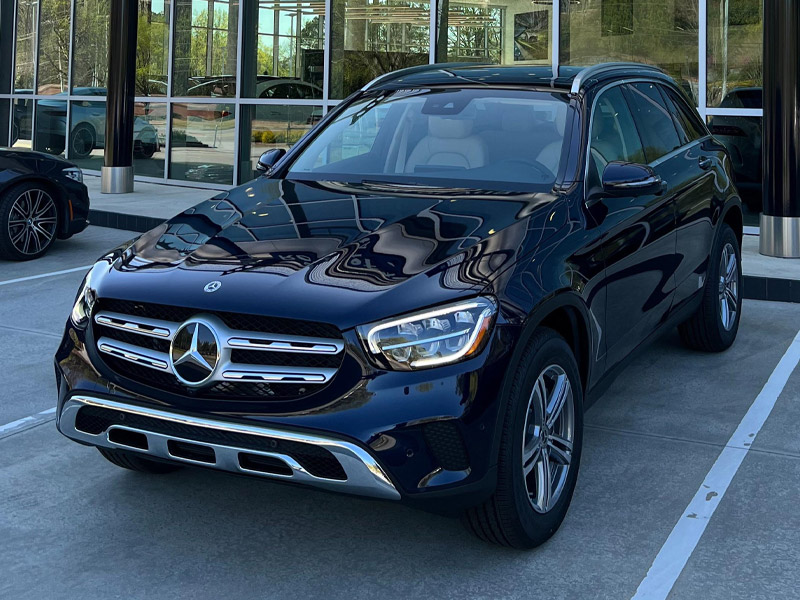
Tesla, once the undisputed leader in electric vehicle innovation, has recently encountered significant headwinds in key European markets, particularly Germany and Norway. These countries, known for their early and enthusiastic adoption of electric vehicles, are now showing signs of resistance to Tesla’s offerings. This shift represents a noteworthy development in the competitive landscape of the global EV market.
The German Resistance
Germany, Europe’s largest automotive market and home to legacy manufacturers like Volkswagen, BMW, and Mercedes-Benz, has seen Tesla’s initial momentum slow considerably. Several factors contribute to this challenging environment:
1. Homegrown Competition
German automakers have invested heavily in their own electric vehicle lines, with Volkswagen’s ID series, BMW’s i-series, and Mercedes-Benz’s EQ models gaining traction. These vehicles often benefit from established dealer networks, familiar brand loyalty, and designs that cater specifically to European tastes and driving conditions.
2. Quality Concerns
Tesla has faced scrutiny in Germany regarding build quality and reliability issues. German consumers, accustomed to the precision engineering of domestic brands, have expressed dissatisfaction with panel gaps, interior materials, and fit-and-finish details on some Tesla models.
3. Regulatory Challenges
Tesla has encountered hurdles with German regulators, particularly regarding its driver assistance systems. The company’s marketing of “Autopilot” and “Full Self-Driving” features has faced criticism for potentially overstating capabilities, leading to regulatory scrutiny.
Norway’s Shifting Sentiment
Norway, once Tesla’s strongest European market per capita, has also shown signs of cooling toward the American manufacturer:
1. Incentive Restructuring
Norway’s generous EV incentives have gradually been modified to level the playing field. As more affordable options enter the market, Tesla’s premium pricing has become a more significant factor in consumer decisions.
2. Increased Competition
Chinese manufacturers like BYD and Nio have made significant inroads in Norway, offering competitive range, features, and often lower price points than Tesla models.
3. Service Concerns
Norwegian Tesla owners have reported challenges with service availability and parts logistics, particularly in remote areas. This has dampened enthusiasm, especially as alternative brands expand their service networks.
Broader Market Implications
These challenges in Germany and Norway highlight several evolving realities in the global EV marketplace:
- The initial novelty advantage that Tesla enjoyed has diminished as more manufacturers enter the space with compelling alternatives.
- Local preferences and expectations regarding design, quality, and service continue to matter, even in the electric vehicle segment.
- Tesla’s direct-to-consumer sales model, while innovative, lacks the extensive service infrastructure that traditional manufacturers have built over decades.
As the electric vehicle market matures, Tesla faces the challenge of adapting its approach to address these regional expectations while maintaining its identity as an innovator. The company’s ability to respond to these market signals will likely determine whether its current challenges in these key European markets represent a temporary setback or a more fundamental shift in consumer preferences.

